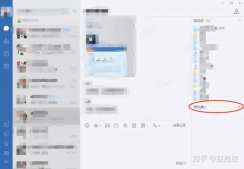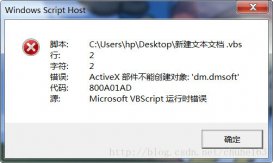對(duì)于vbs中ping的實(shí)現(xiàn)可以通過兩種方式 :
- 1、調(diào)用系統(tǒng)ping命令;
- 2、使用wmi查詢pingstate類處理。
1、調(diào)用系統(tǒng)ping命令
|
1
2
|
Set wshell = CreateObject("WScript.Shell")wshell.run("ping 182.183.101.1",0.true) |
對(duì)于以上調(diào)用,如果想對(duì)其進(jìn)行過濾,可以考慮將運(yùn)行結(jié)果重定向到文件,在讀到一個(gè)string中,查找其中是否有timeout或超時(shí)字符,判斷是否超時(shí)。本打算直接拼接命令重定向到文件,但怎么都不成功,所以run調(diào)用一個(gè)bat,bat中寫:ping 192.168.101.1 -n 1 -w 1200
2、使用wmi查詢pingstate類處理:
|
1
2
3
4
5
6
7
8
9
10
11
12
|
'url = "www.baidu.com"url = "119.75.217.109"strComputer = "."Set objWMIService = GetObject("winmgmts:{impersonationLevel=impersonate}!\\" & strComputer & "\root\cimv2")Set colPings = objWMIService.ExecQuery ("Select * From Win32_PingStatus where Address = '" & url & "'")For Each objPing in colPingsMsgBox url & " responded to ping." & vbcrlf &_"Responding Address: " & objPing.ProtocolAddress & vbcrlf &_"Responding Name: " & objPing.ProtocolAddressResolved & vbcrlf &_"Bytes Sent: " & objPing.BufferSize & vbcrlf &_"Time: " & objPing.ResponseTime & " ms"Next |
到此這篇關(guān)于vbs ping的實(shí)現(xiàn)示例的文章就介紹到這了,更多相關(guān)vbs ping內(nèi)容請(qǐng)搜索服務(wù)器之家以前的文章或繼續(xù)瀏覽下面的相關(guān)文章希望大家以后多多支持服務(wù)器之家!
原文鏈接:https://blog.csdn.net/kasteluo/article/details/43155371






